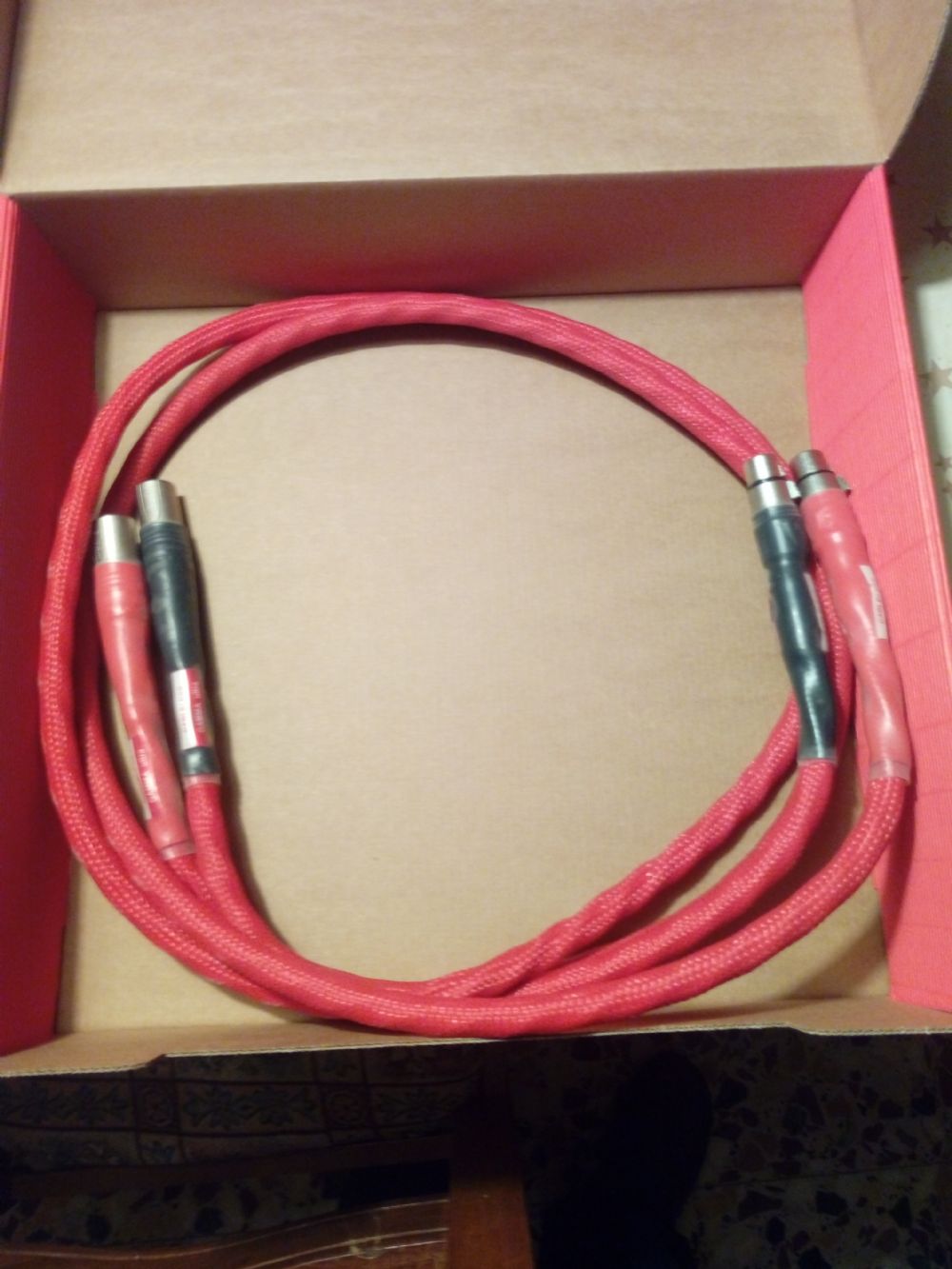

Photo: Richard Langdon/Ocean Images Downwind sails: Code ZeroĪt the closest end of the scale to the genoa is a code sail, sometimes known as a Code Zero.

In cruising, definitions and measurements are less strict. However, code sails, asymmetrics and the Parasailor are fairly distinct families.įor racing, a Code Zero counts as a spinnaker as its ‘mid-girth’ is more than 75% of the foot length. Terms such as cruising chute, gennaker, asymmetric and reacher can all be used to describe the same sail. These days, there’s a complex spectrum of sails which fall between a spinnaker and a genoa but few industry-wide definitions for these hybrids. Under the old racing rules a spinnaker was any sail where its width halfway up was 75% or more of the foot length.Ī sail with a 10m foot length would need to be 7.5m across at the mid-height to count as a spinnaker. I joined Mathias and Sybille Keim on board their brand new X5.6, Pure Fun, in Southampton to compare their gennaker, Code Zero and Parasailor spinnaker. But which of these sails would most suit you, your boat and your cruising plans? Asymmetrics, code sails, snuffers, furlers and laminates have all become much more accessible to us humble cruisers. The good news is that in the last two decades we’ve seen huge advances in sail design and sail handling technology. And who hasn’t seen the iconic image of Silk II as she nose-dived into the Solent in a 40-knot squall? It’s enough to put you off the big downwind sails for life.īut, like it or not, as you bear away through the wind angles you need additional downwind sails to maintain good passage speeds, rather than languishing under white canvas. There’s Atalanta of Chester, which dis-masted when their fuchsia-coloured kite wrapped around the anchor of a tanker in August 2011.

The words ‘pink spinnaker’ are enough to send a chill down the spine of anyone who’s ever watched Cowes Week disaster footage.


 0 kommentar(er)
0 kommentar(er)
